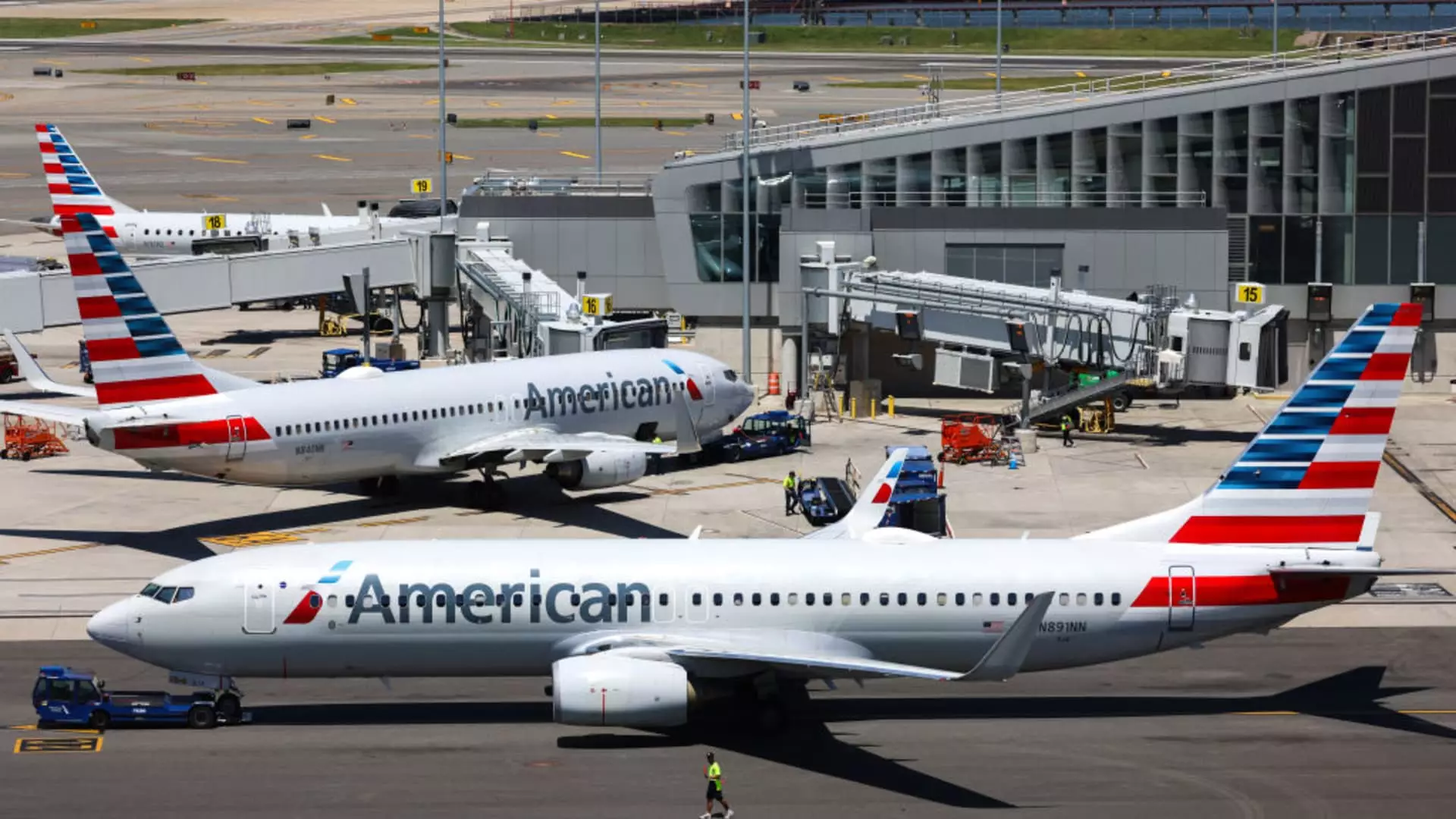Recent discussions suggest that American Airlines is considering a significant change in its credit card partnerships. The airline is reportedly in negotiations with Citigroup to establish an exclusive agreement, which would lead to the termination of its long-standing partnership with Barclays. This shift, initiated following American Airlines’ acquisition of US Airways in 2013, reflects broader trends in the aviation and banking industries, where increasing competition and evolving consumer preferences are prompting strategic reevaluations.
As many industries experience transformations, co-brand credit card partnerships have become a vital source of revenue, particularly for airlines. These partnerships allow airlines to earn significant income from banks in exchange for the miles accrued by cardholders. The interplay between these financial institutions and airlines has far-reaching implications for the products offered and the overall market dynamics.
American Airlines has been actively exploring ways to consolidate its credit card operations with a single issuer for several months. The primary motivation for this shift seems to be the desire to maximize revenue through its loyalty program. By aligning with one issuer, American aims to streamline operations and potentially enhance the profitability of its rewards program. Such consolidations are often necessary in a competitive environment where customer acquisition and retention are essential for growth.
Moreover, while American Airlines professes to have the largest loyalty program in the industry, competition remains fierce. Delta Air Lines, for instance, recently reported earning almost $7 billion from its partnership with American Express, overshadowing American’s $5.2 billion. This competitive tension highlights the need for American Airlines not only to maintain but to strengthen its position within the loyalty landscape.
Despite the apparent advantages of aligning with Citigroup, this partnership is not without its complications. Regulatory scrutiny, particularly from agencies like the Department of Transportation, could pose challenges to any agreement. The highly confidential nature of these negotiations further complicates the situation, with stakeholders understandably cautious about potential delays or obstacles.
Additionally, the banking sector has experienced tightening margins due to rising card losses and increased compliance pressures. This backdrop adds an element of uncertainty to any potential contract, requiring rigorous negotiation and strategic planning on both sides. The inherent complexities of the credit card market mean that each partnership demands a careful balancing act between profitability and consumer engagement.
Understanding the historical context is crucial to appreciating the potential impact of this new partnership. When American Airlines merged with US Airways in 2013, it brought together two disparate systems, each with its own credit card partner. The maintenance of both Citigroup and Barclays as co-brand issuers was an unusual arrangement designed to capitalize on the strengths of each partnership. However, a renewal of this dual arrangement would potentially dilute the benefits each partner could derive from exclusivity.
American Airlines’ decision to explore a long-term agreement with Citigroup marks a shift towards standardization in the airline industry—an approach that is increasingly favored by both consumers and corporations alike. Consolidating partnerships could lead to enhanced customer offerings, operational efficiencies, and a more robust loyalty program.
Should the proposed deal between American Airlines and Citigroup come to fruition, it is anticipated that the agreement would encompass a substantial timeframe, potentially lasting anywhere from seven to ten years. Such a duration would allow Citigroup to position itself favorably in the marketplace, investing in customer acquisition and retention strategies specific to American Airlines’ clientele.
Both parties stand to benefit from a consolidated partnership, particularly if they can navigate the complexities of potential customer transition from Barclays to Citigroup. Citigroup, under the leadership of CEO Jane Fraser, has been actively seeking to enhance the profitability of its credit card operations, making this potential partnership a pivotal moment in its strategic trajectory.
As discussions continue about the potential switch from Barclays to Citigroup, American Airlines finds itself at a critical juncture. The ongoing negotiations reflect the evolving dynamics of co-brand partnerships within the airline industry. With consumer preferences rapidly shifting and the fiscal landscape becoming increasingly competitive, American Airlines must carefully weigh the benefits and challenges before finalizing its credit card partnership strategy.
The ultimate success of any partnership will depend on the ability of both parties to innovate and respond effectively to their shared customer base, while also navigating the challenges posed by regulatory environments and market competition. The stakes are high, and the outcomes will likely shape the future of the airline’s loyalty program for years to come.

